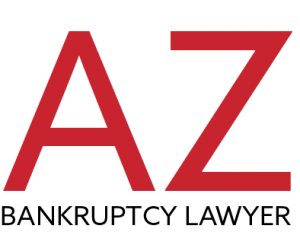If you’re new to the world of special education, you’ve probably come across a bunch of acronyms that might seem a bit overwhelming at first as an IEP violation lawyer understands all too well. One of the most important ones you’ll hear is LRE. So, what does LRE stand for, and why is it such a big deal in special education?
The Basics Of LRE
LRE stands for Least Restrictive Environment. In the context of special education, it’s a key principle that guides how students with disabilities should be educated. The idea behind LRE is pretty straightforward: students with disabilities should learn alongside their non-disabled peers as much as possible.
The goal is to keep them in the general education environment to the greatest extent that’s appropriate for their individual needs.
Why Is LRE Important?
You might be wondering, “Why is this so important?” Well, LRE is all about inclusion and giving students with disabilities the same opportunities as everyone else. Here’s why it matters according to our friends at K Altman Law:
– Promotes Social Interaction: By being in a general education classroom, students with disabilities can interact with their peers, build friendships, and develop important social skills.
– Encourages Academic Growth: When students with disabilities are included in regular classrooms, they often rise to the challenge and make academic progress alongside their peers.
– Fosters A Sense Of Belonging: Everyone wants to feel like they belong, right? LRE helps ensure that students with disabilities are part of the school community, not isolated from it.
How Does LRE Work In Practice?
So, how does LRE actually play out in real life? Here’s the deal:
– General Education Classroom: This is where LRE starts. The first option is always to try to meet the student’s needs in the regular classroom with the right support and services.
– Supplementary Aids And Services: If a student needs extra help to succeed in the general education setting, they might receive things like a classroom aide, specialized instruction, or assistive technology.
– Specialized Settings: Sometimes, a student’s needs are such that they can’t be met in the regular classroom, even with support. In those cases, they might spend part of their day in a special education classroom or receive instruction in a separate setting.
The Legal Side Of LRE
The concept of LRE is backed by law, specifically the Individuals with Disabilities Education Act (IDEA). IDEA requires that students with disabilities receive their education in the Least Restrictive Environment that’s appropriate for them.
That means schools must consider how to educate students in regular classrooms before moving them to more restrictive settings.
Finding The Right Balance
LRE is about finding the right balance and making sure students with disabilities are included as much as possible. It also ensures that they get the specialized instruction and support they need to succeed. It’s not a one-size-fits-all situation, and that’s why each student’s LRE is determined on an individual basis, typically through the creation of an Individualized Education Program (IEP).
LRE is a key part of special education that ensures students with disabilities are given the opportunity to learn and grow in the most inclusive setting possible. It’s about leveling the playing field, so all students can succeed. And remember, if you ever feel overwhelmed by all the special education jargon, just take it one acronym at a time — starting with LRE! However, if you feel overwhelmed with all the options and your child needs more support, contact a lawyer near you.

